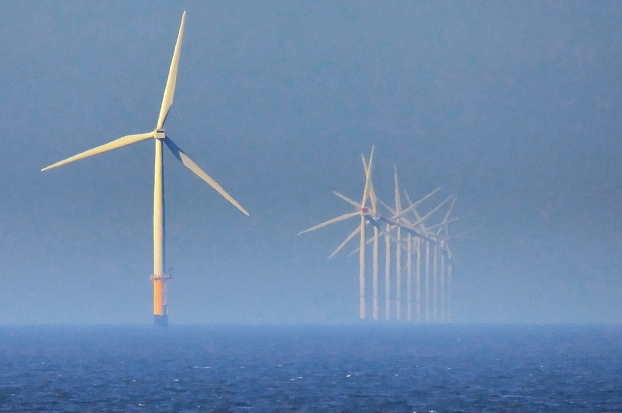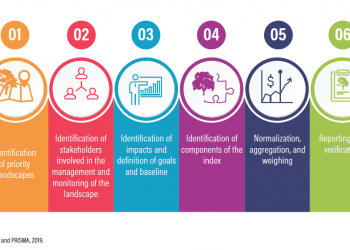
During a government-sponsored forum today, the US Secretary of the Interior Deb Haaland joined the Secretaries of Energy, Commerce, and Transportation along with representatives from states, the offshore wind industry, and members of the labor community to identify solutions to the greatest challenges facing the development of U.S. offshore wind.
The event included a commitment by Interior, Energy and Commerce to establish a target to deploy 30 GW of offshore wind by 2030, which is expected to create nearly 80,000 jobs.
“For generations, we’ve put off the transition to clean energy and now we’re facing a climate crisis,” said Haaland. She explained that climate change doesn’t discriminate in where major weather events happen, but some communities are better able to rebuild than others and because of that, “the climate crisis disproportionately impacts communities of color and low-income families,” she said.
“As our country faces the interlocking challenges of a global pandemic, economic downturn, racial injustice, and the climate crisis – we must transition to a brighter future for everyone,” Haaland concluded.
New York Bight
At today’s event, the Bureau of Ocean Energy Management (BOEM), which is part of the Interior announced the final Wind Energy Areas (WEA) in the New York Bight – about 800,000 acres of shallow waters between Long Island and the New Jersey coast that could be used to build offshore wind farms. The WEAs are adjacent to the greater metropolitan Tri-State area of New York, New Jersey, and Connecticut, which is home to more than 20 million people, representing the largest metropolitan population center in the United States and a significant energy demand.
BOEM will now initiate an environmental review, with public input, on these areas in federal waters for potential offshore wind leasing.
“Today’s announcement brings us one step closer to making this a reality. The New York Bight can play a central role in fighting climate change, helping states achieve their renewable energy targets and help create thousands of jobs.” said Principal Deputy Assistant Secretary – Land and Minerals Management Laura Daniel-Davis.
The goal of BOEM’s Area Identification process is to identify the offshore locations that appear most suitable for wind energy development taking into consideration coexistence with ocean users. As part of this process, BOEM removed areas of highest conflict from consideration. BOEM received input from the public and other governmental agencies through the Call for Information and task force meetings as part of the process.
Currently, BOEM has 16 active commercial wind energy leases off the Atlantic coast.
BOEM will now prepare an environmental assessment (EA) to consider potential environmental consequences of site characterization activities (i.e., biological, archeological, geological, and geophysical surveys and core samples) and site assessment activities (i.e., installation of meteorological buoys) associated with issuing wind energy leases in the WEAs. The EA also considers project easements associated with each potential lease issued, and grants for subsea cable corridors in the New York Bight.
As part of this process, BOEM is seeking comments on considerations to be included in the EA, which will help the agency in its scoping process. Submit comments here.
Gregory Wetstone, President and CEO of the American Council on Renewable Energy (ACORE), said that ACORE is “thrilled,” with the announcement. “Offshore wind is a potentially massive emerging sector in the U.S. that can drive billions of dollars in economic investment, create tens of thousands of good-paying American jobs, and provide abundant pollution-free power,’ he added.
Ocean Wind
In a final announcement, the Interior Department said that it is initiating the environmental review of the third commercial scale offshore wind project by announcing a Notice of Intent (NOI) to prepare an Environmental Impact Statement (EIS) for the 1.1-GW proposed Ocean Wind offshore wind farm off the coast of New Jersey.
The Department previously announced environmental reviews for Vineyard Wind (MA) and South Fork (RI) and anticipates initiating the environmental reviews for up to ten additional projects later this year.





